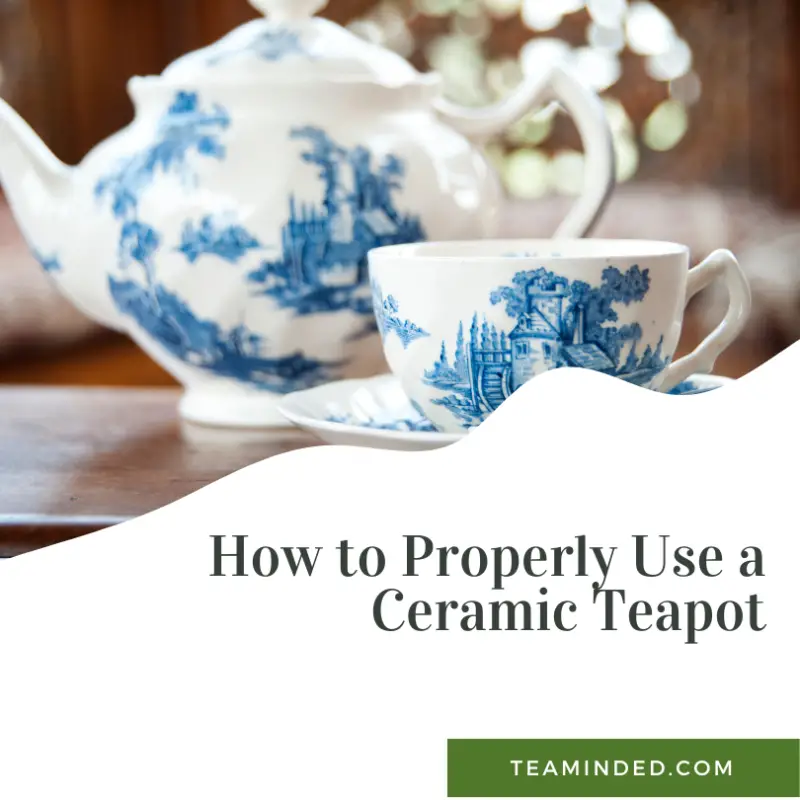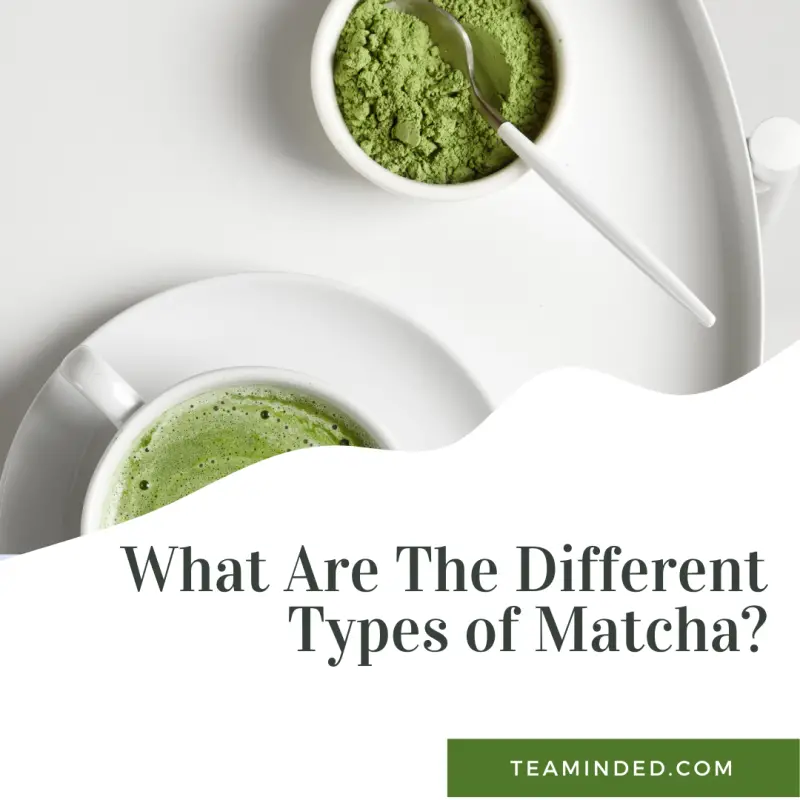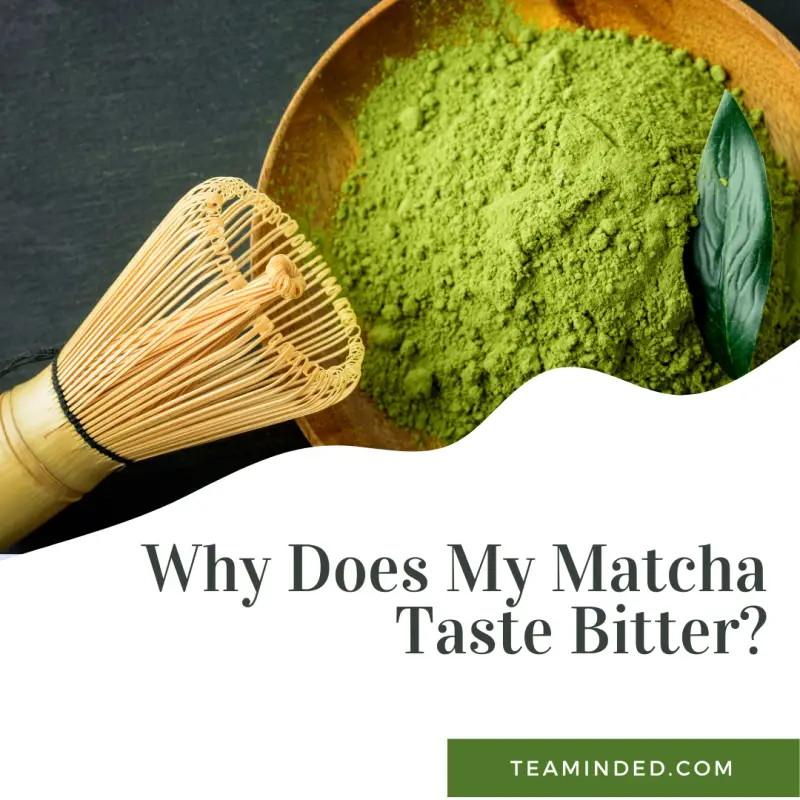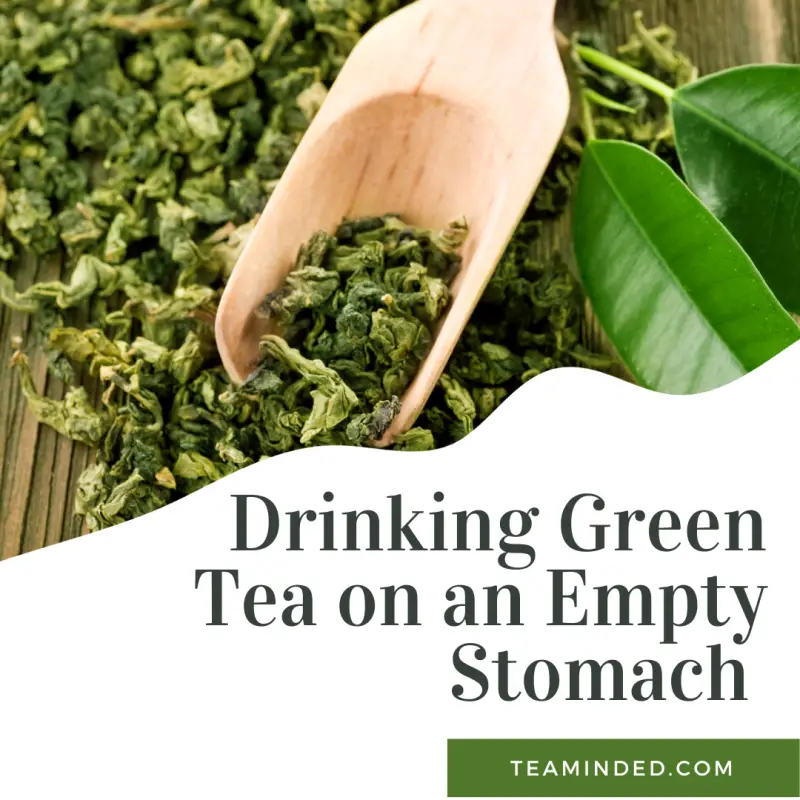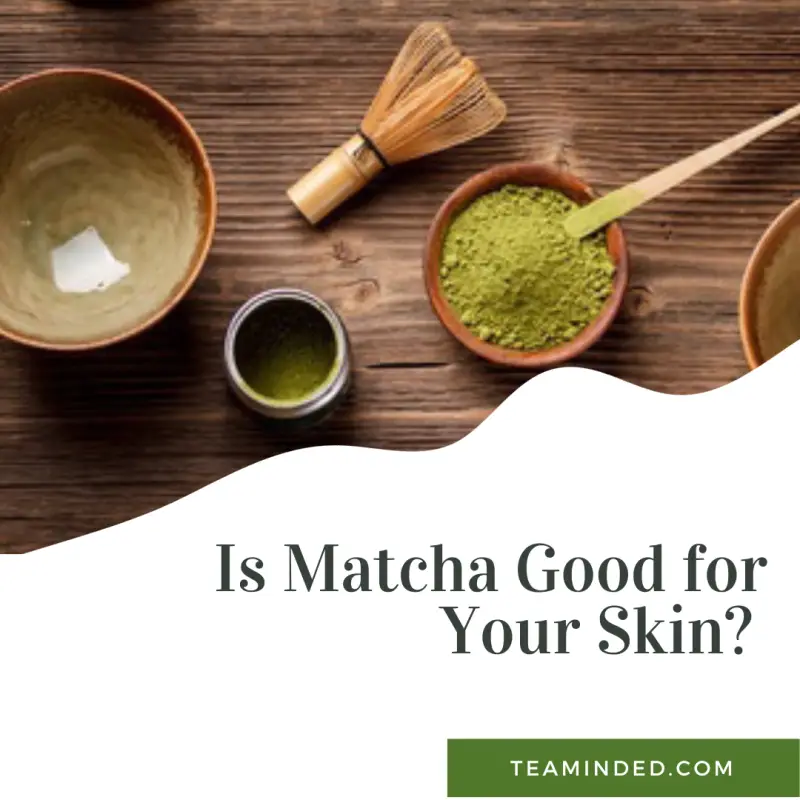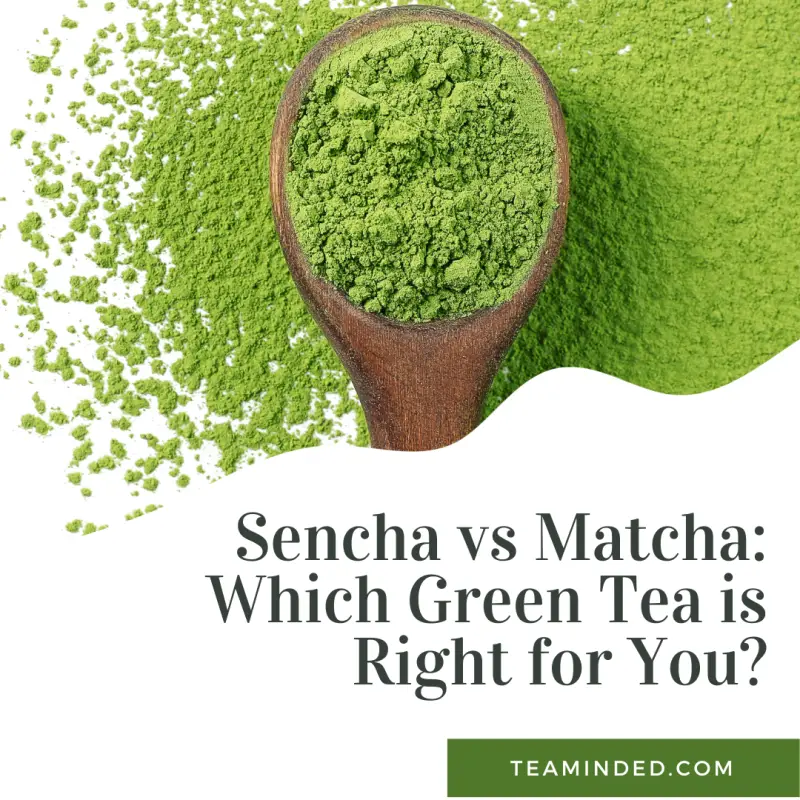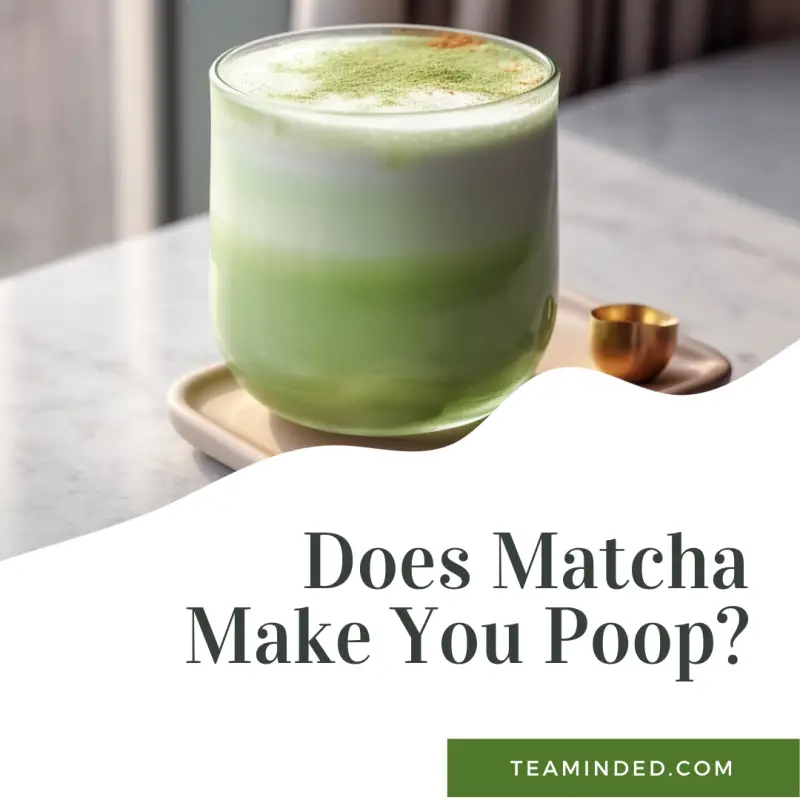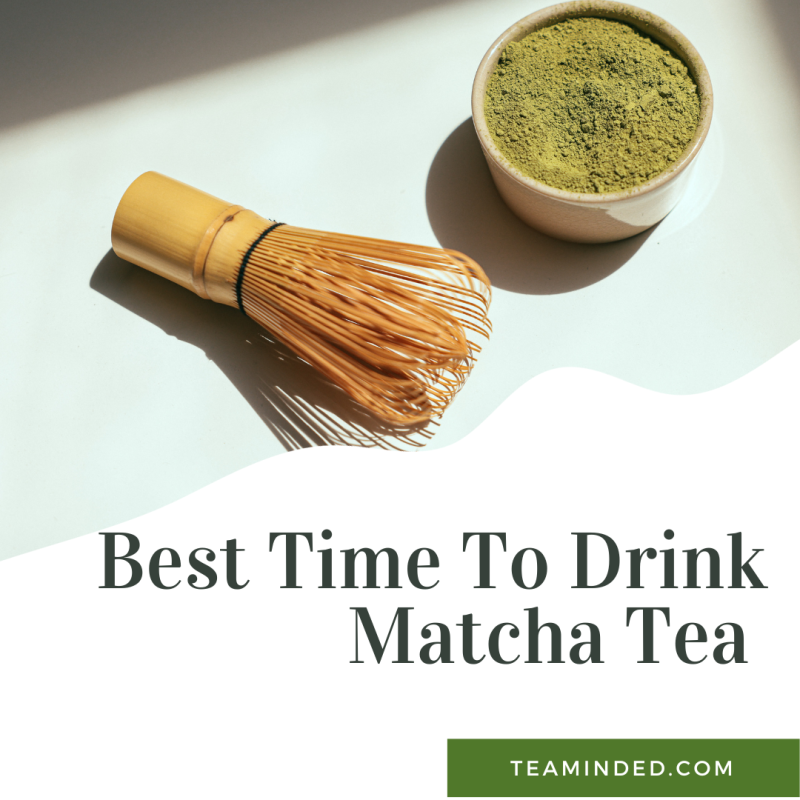There are many different types of teapots you can use to brew tea, but one of the most popular styles is the ceramic teapot. Ceramic has different properties from some other materials used to make teapots, so learning how to use a ceramic teapot is important for getting the most out of your tea. We give instructions below along with some extra tips to help with brewing your tea. How to Use a Ceramic Teapot Brewing tea is the primary use for a ceramic teapot. Whether you are brewing black tea, green tea, herbal tea, or a blend of any,…
-
-
Matcha is a type of green tea that has been used in Japanese tea ceremonies for centuries. It’s made from shade-grown tea leaves that are finely ground into a powder, which is then whisked with hot water to create a frothy, flavorful drink. However, not all matcha is created equal. There are different types of matcha available, each with its own unique characteristics and uses. One of the primary factors that differentiate types of matcha is their grade. Ceremonial grade matcha is the highest quality and is used in traditional tea ceremonies. It’s made from the youngest, most tender leaves…
-
If you’ve ever made a cup of matcha that turned out bitter, you’re not alone. Bitterness is a common issue that many people face when preparing matcha. The good news is that there are several factors that can contribute to bitterness, and by understanding them, you can take steps to ensure that your matcha is smooth and delicious every time. One of the most important factors that can affect the taste of your matcha is the quality of the powder. Matcha that is made from high-quality tea leaves will generally have a smoother, sweeter taste than lower-quality matcha. Proper storage…
-
Drinking green tea has become a popular trend in recent years due to its numerous health benefits. However, many people are still unsure about whether it is safe to drink green tea on an empty stomach or not. Some people believe that drinking green tea on an empty stomach can cause digestive issues, while others believe that it can enhance digestion and provide other health benefits. Green tea is a type of tea that is made from the leaves of the Camellia sinensis plant. It’s rich in antioxidants and other beneficial compounds that can help improve overall health. Green tea…
-
If you’re searching for a natural way to enhance your energy levels throughout the day, you might want to consider matcha green tea as an option. Matcha is a finely ground powder made from specially grown and processed green tea leaves and has been part of Japanese culture for centuries. It’s recognized for delivering a steady boost of energy without the harsh crash often associated with other caffeinated beverages. The unique way matcha releases its caffeine into the bloodstream over a longer period means that you can expect sustained energy and focus. Another reason matcha may work well as an…
-
Matcha has become increasingly popular in recent years, not just as a beverage but also as a skincare ingredient. Many people claim that matcha can help improve the health and appearance of your skin, but is there any truth to these claims? In this article, we’ll explore the potential benefits of matcha for your skin and whether or not it’s worth incorporating into your skincare routine. Matcha is a type of green tea that is made from finely ground, shade-grown tea leaves. Unlike traditional green tea, which is steeped in hot water and then discarded, matcha is consumed in its…
-
Matcha and Sencha are two prominent varieties of Japanese green tea with distinct differences. While both come from the Camellia sinensis plant and share certain health benefits, their cultivation, processing, and preparation methods set them apart. Matcha is a fine, jade-colored powder known for its role in the traditional Japanese tea ceremony, while Sencha is the most commonly drunk green tea in Japan, appreciated for its delicate balance of sweet and bitter flavors. Understanding these differences is essential for tea enthusiasts looking to explore the depths of Japanese tea culture. Knowing the characteristics of Matcha and Sencha can guide you…
-
When considering a comforting cup of tea with minimal caffeine, various options are available to suit your preference. It’s important to understand that all teas derived from the Camellia sinensis plant contain some level of caffeine, but certain types have less than others. For those keen on enjoying the essence of tea without a significant caffeine boost, knowing which varieties to choose is essential. Factors like the part of the plant used, processing techniques, and brewing methods all contribute to the caffeine content in your tea. It’s noted that teas made from leaves have higher caffeine levels compared to those…
-
If you’re a fan of matcha, you may have heard rumors that it can cause some digestive discomfort. Specifically, some people claim that matcha can make you poop more frequently or urgently. But is there any truth to these claims? In this article, we’ll take a closer look at the relationship between matcha and your digestive system to determine whether or not matcha really does make you poop. Matcha is a type of green tea that is made from finely ground tea leaves. Unlike other types of tea, matcha is consumed in its entirety, meaning that you’re consuming the entire…
-
If you’re looking for a caffeine boost that’s healthier than coffee, matcha tea may be a great option. Matcha is a type of green tea that’s been consumed in Japan for centuries. It’s made by grinding green tea leaves into a fine powder, which is then whisked with hot water to create a frothy, bright green tea. Matcha tea is known for its potential health benefits, including its high concentration of antioxidants and ability to boost metabolism. But when is the best time to drink matcha tea? The answer depends on your goals. If you’re looking for an energy boost,…

